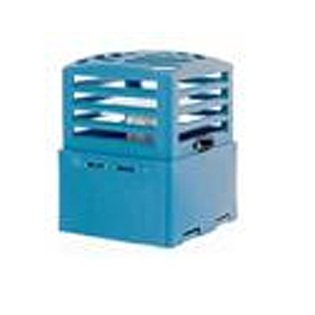ruthandken CDN
Well-known member
Is it normal to have condensation on the 'ceiling' on the fridge? I have a Norcold 4 door, freezer is fine, it's the fridge section. I checked all the seals, washed them down, tried the paper trick, it pulls out but doesn't fall out. The humidity level here is fairly high. It's not all the time but if I think about it I suppose it's worse when the humidity level is higher outside. I have not noticed it before, but that's not to say it wasn't there and I just haven't noticed.
Thanks for any input...
Ruth
Thanks for any input...
Ruth

